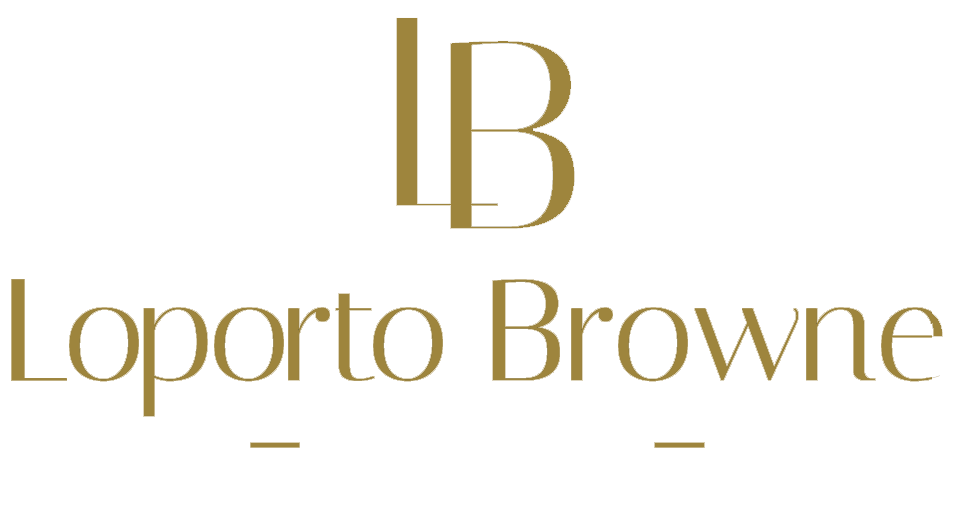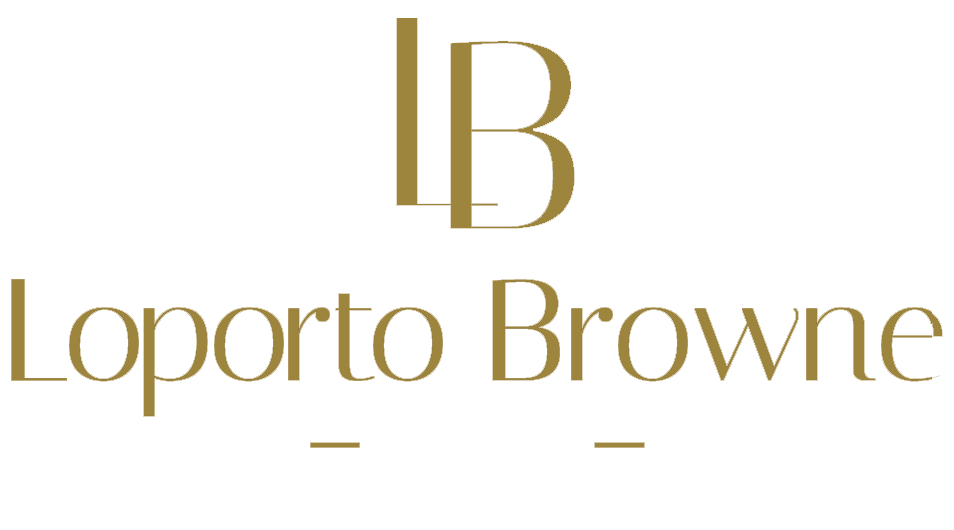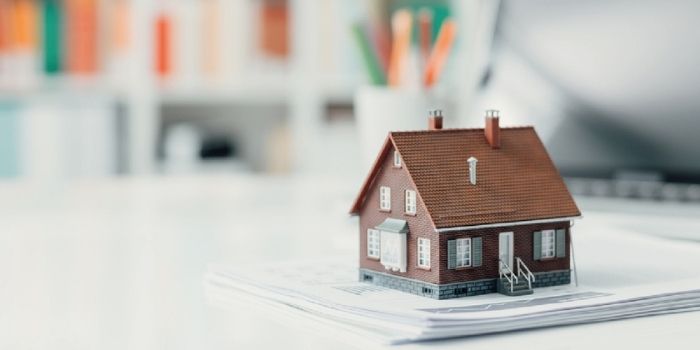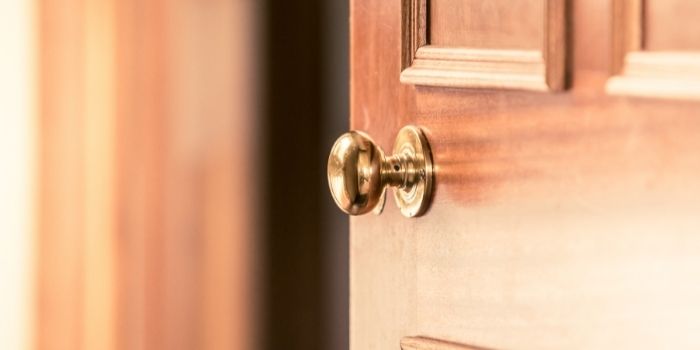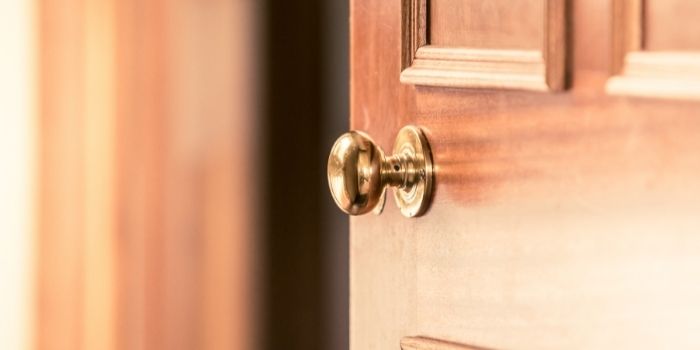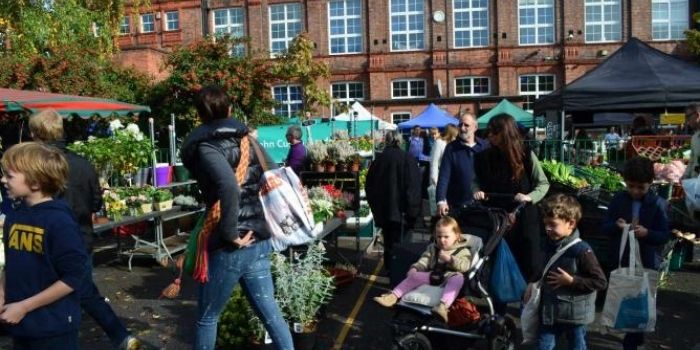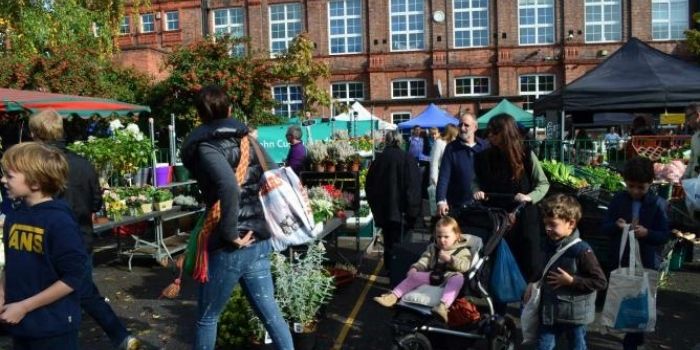Do You Know How Much Your House is Worth?
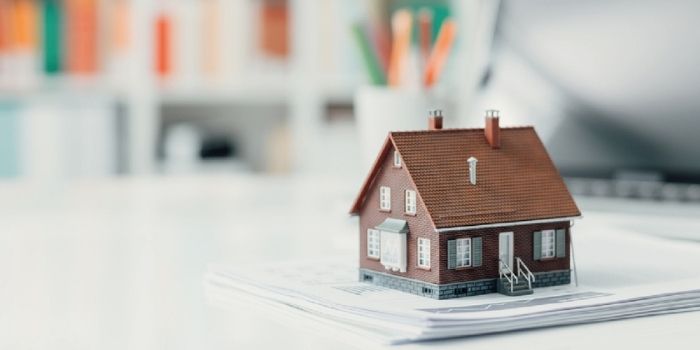
If you’re thinking of selling your property, it’s good to know what price you could potentially sell it for. By doing your research and preparing, you can ensure the price you advertise your property for is accurate and that you are more likely to sell for your asking price.
The location of your property
Where your property is will always have a huge impact on the price you can realistically sell it for. For example, the following factors could increase the price of your property, just for where it is located:
- Close to schools
- Close to amenities e.g. shops, restaurants, GP surgery
- Close to commuter/transport links e.g. train station, bus stop
- Close to industry e.g. large employer, city centre
- In London
- On the commuter belt for London
- An area with high or superfast broadband and internet speeds
- In the countryside
- Low crime area
- High priced neighbourhood
Adversely, there are factors that could make your property price lower, depending on where it is. These include:
- High crime area
- Air pollution
- Noise pollution
- Local demographics e.g. student area
- Areas with slow or below average broadband and internet speeds
- Low priced neighbourhood
- No local industry (lack of jobs or big nearby business)
- Low housing demand (lots of houses for sale)
Use a property portal to see what other houses in your area typically sell for; this will give you a good idea of what price you could put your property on the market for.
The Type of Property
Average property prices on certain properties depend on what type they are.
According to Land Registry data for 2019*, the average price of property sold was as follows:
- Detached house: £361,887
- Semi-detached house: £222,476
- Terraced house: £186,428
- Flat: £162,162
Be aware that these are national averages for England and Wales, and it may be that certain property types are more appealing in your area.
You can use the Land Registry to create your own report for free and know more about property sold in your area.
*Based on data in England & Wales (excl. London)
Property Features
Even if your property is in a favourable location and is an appealing property type for the area, its price will still be affected by the furnishing and features of the property itself.
Luckily, we have put together a guide on how to increase the value of your home, as well as what features can devalue your property too.
Estate Agent Valuation
One of the easiest ways of determining how much your property could be worth is by hiring an estate agent to conduct a valuation. Most agents do not charge for this service, as it is their chance to impress you as well, so that you instruct them to sell your home.
You should use at least two or three different agencies to evaluate your home, as this will give you a more accurate view of how much your property is worth.
To ensure you use the best possible agent, make sure they are local to the area and are NAEA Propertymark Protected. This will mean that they are qualified and experienced in valuing a property and can spot any obvious features that could potentially affect the price of your property.
Use our Find an Expert tool to find a local agent near you today, it’s free, with no sign-up required.
